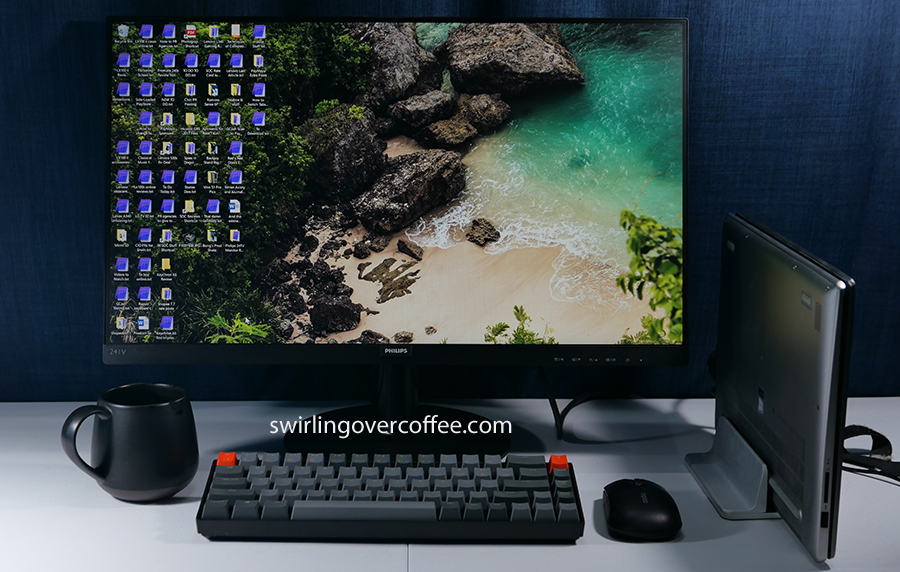Here’s a recommended work-from-home monitor with features that delight and a price tag that won’t make you wince.
Working from home is the new normal (for many of us), so a comfortable to look at, easy to set up, and affordable monitor is now a must for productivity – the more you can see, the more you can do. But a good monitor for work can also be good for entertainment (videos, social media, and some PC games).
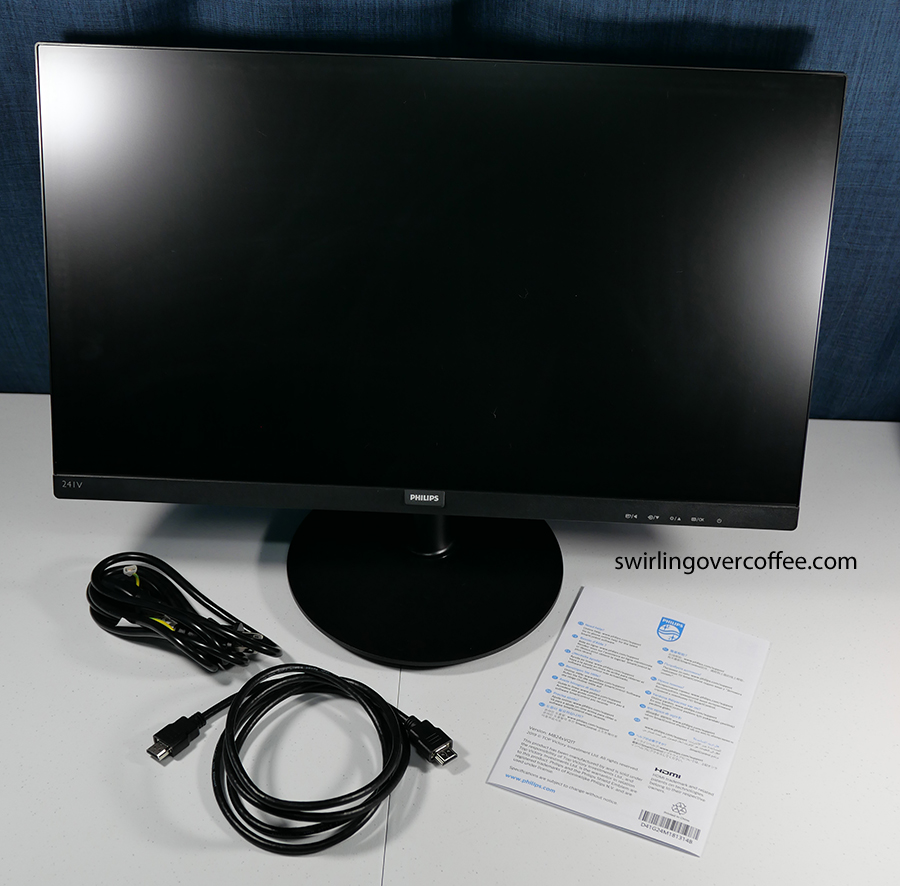
Meet the Philips 241V8 Monitor, a 23.8-inch 16:9 Full HD LED IPS display with a max refresh rate of 75 Hz. It has great contrast, colors, and viewing angles out of the box.
Right-click or tap and hold on each image below to open a bigger version in another tab.





That means once, assembled, you can skip tweaking any settings. It’s good to go as is. But to somewhat make the experience better, I activated SmartContrast (in the display’s own settings) and cranked up the refresh rate from the default 60 Hz to the max 75 Hz (in the Intel Graphics Settings in my connected laptop). Smart contrast automatically adjusts contrast depending what’s on your screen (from games, to videos, to multiple app open). It’s a must, as visuals are smoother and contrast is better. But the monitor’s own default settings (Standard) is not that far behind.
The bezels are also so tiny that you get nearly the entire screen, save for the conservatively placed Philips branding on the bottom bezel. And that’s okay.
With a display like this, text and images are sharp, and showing off to (or sharing with) a co-worker (or your spouse and kids at home) whatever’s on the screen is great, because viewing angles are excellent – anyone looking at it from the sides will not see a loss of contrast or shifts in color.
Right-click or tap and hold on each image below to open a bigger version in another tab.






The display has an anti-glare coating that’s a God-send to people like myself, who must stare at a display for hours on end: it greatly reduces reflections – very convenient when indoors with some strong sources of light (or when outdoors and under indirect sunlight). The same feature also cuts down on eye strain.
Under SmartImage settings, you can choose which mode to use: Standard, Internet (my preferred setting), Game, EasyRead (turns everything into black and white), and LowBlue Mode (which cuts down on blue light and helps reduces eye strain). I wish that the last two settings had their own dedicated physical buttons – they’re so useful.
The foregoing (good contrast, great color rendering, excellent viewing angles, anti-glare feature) allows for ease in reading text in documents and webpages and in enjoying image tweaking in Photoshop and videos in Netflix and YouTube. The color accuracy of the Philips 241V8 Monitor may also be enough for most videographers.
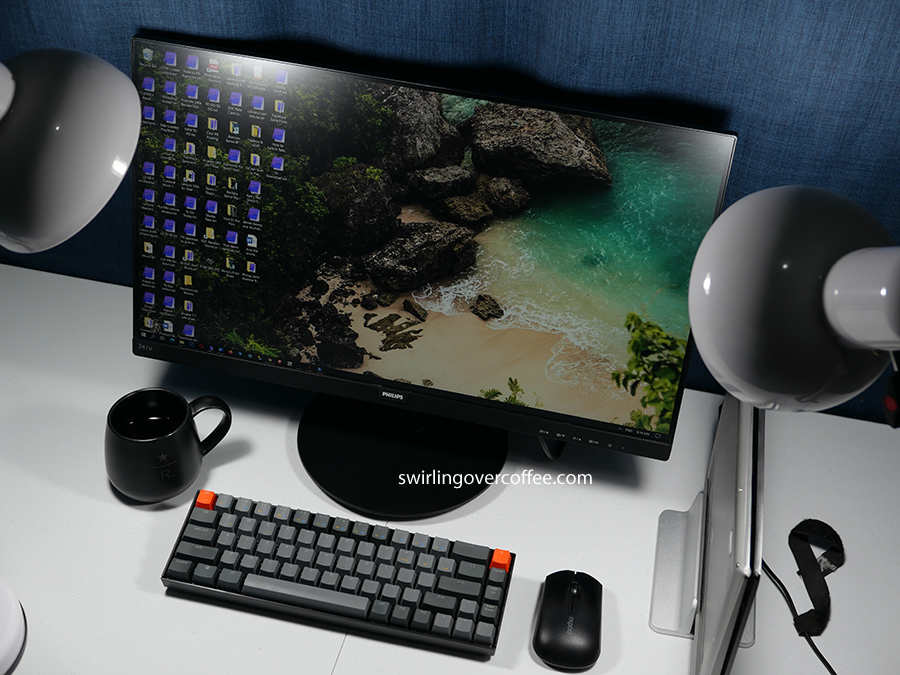
For those who’ve handled “fragile” monitors made of plastic – they bend and crack and break – there’s nothing like that here. The monitor has a sturdy build despite the body being plastic. You can turn it sideways to check the ports (or plug in cables), tilt it up and down for a more comfy view, and at no point are you afraid of damaging the device. The same goes for disassembling should you need to move the monitor to another room or office. It’s not super ultra-thin or light, but it’s thin and has enough heft to not worry about a pet pushing it off your table.
And if you want to mount it on a wall or a movable elbow, there are Vesa mount holes behind the display. Unlike other displays with three legs that may awkwardly occupy space on your desk, the “flat” circular base of the Philips 241V8 is rather low key, stable, and not awkward at all.
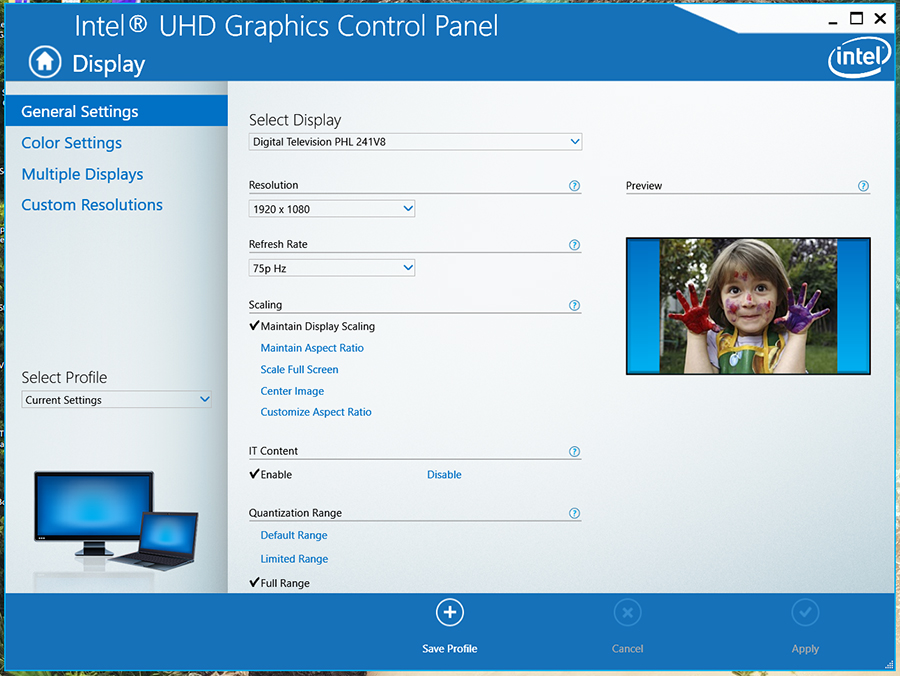
If I’m pressed to find bad stuff about the Philips 241V8, there are a few. While there’s no built-in speaker, there’s an audio out. But I don’t find this a problem.
The physical buttons on the bottom right side of the display are not backlit. The light from the screen can make it hard to see which buttons you’re pressing. I needed a small desk lamp to see them clearly.
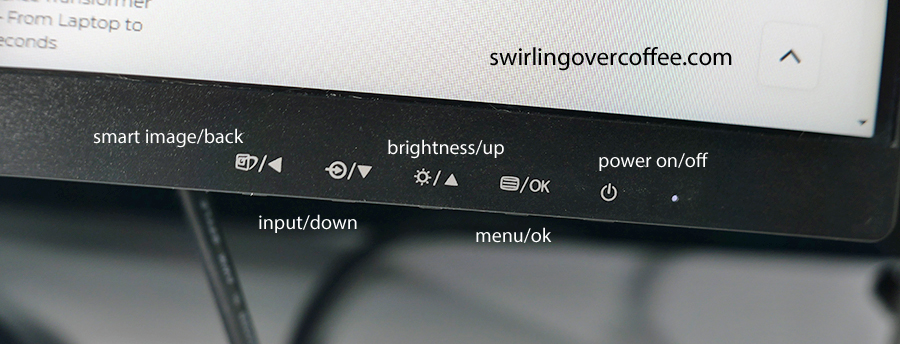
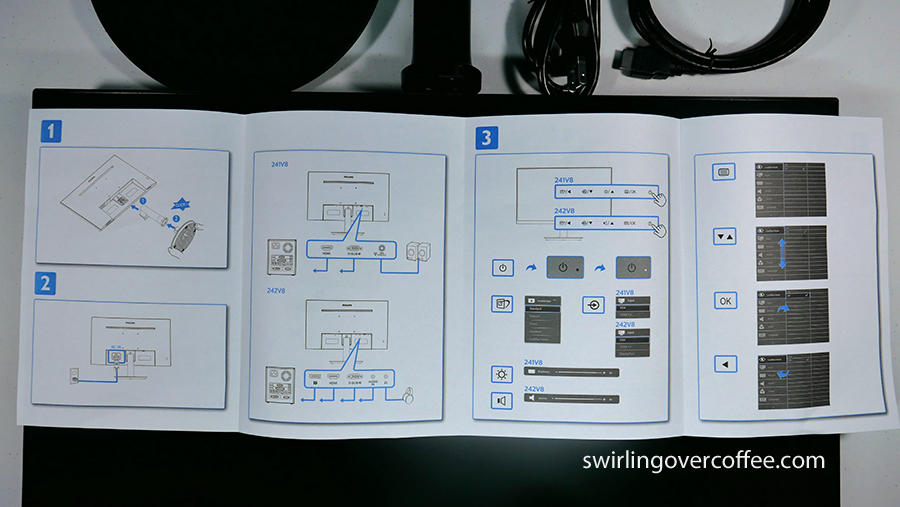
The menu and navigation could be more intuitive – it feels like shuffling through options and digging through folders. Of course, given the limited items to sort through, you can get used to it. Personally, I like the four directional joysticks found in more expensive monitors. And again, I must repeat this: I really wish LowBlue Mode and EasyRead modes had dedicated buttons for them. (A small nitpick.)
But all these moans are minor; I was happy to use the Philips 241V8 Monitor as my daily display (I never want to go back to my now “tiny” 14-inch laptop display). I’d recommend it to anyone looking for great work laptop. Its SRP is only P7,299. People have bought midrange phones exceeding that price tag.
You can scroll past the specs below to see our final verdict.
Philips 241V8 Monitor Full Specs
| Picture/Display | |
| LCD panel type | IPS technology |
| Backlight type | W-LED system |
| Panel Size | 23.8 inch / 60.5 cm |
| Display Screen Coating | Anti-Glare, 3H, Haze 25% |
| Effective viewing area | 527 (H) x 296.5 (V) |
| Aspect ratio | 16:9 |
| Maximum resolution | 1920 x 1080 @ 75 Hz Max Resolution works for HDMI only |
| Pixel Density | 93 PPI |
| Response time (typical) | 4 ms (GtG) |
| Brightness | 250 cd/m² |
| Contrast ratio (typical) | 1000:1 |
| SmartContrast | Mega Infinity DCR |
| Pixel pitch | 0.275 x 0.275 mm |
| Viewing angle | 178º (H) / 178º (V) |
| @ C/R > 10 | |
| Flicker-free | Yes |
| Display colors | 16.7 M |
| Scanning Frequency | 30 -83 kHz (H) / 56 -76 Hz (V) |
| LowBlue Mode | Yes |
| EasyRead | Yes |
| sRGB | Yes |
| Adaptive sync | Yes |
| Connectivity | |
| Signal Input | VGA (Analog) HDMI (digital, HDCP) |
| Sync Input | Separate Sync Sync on Green |
| Audio (In/Out) | HDMI audio out |
| User Convenience | |
| User Control | Power On/Off Menu/OK Brightness/UP Input/Down SmartImage/Back |
| Others | Kensington Lock VESA mount (100x100mm) |
| Plug and Play | DDC/CI Mac OS X sRGB Windows 10 / 8.1 / 8 / 7 |
| Stand Tilt | -5/20 degree |
| Power | |
| On mode | 19.9 W (typ.) |
| Standby mode | 0.5 W (typ.) |
| Off mode | 0.3 W (typ.) |
| Power LED indicator | Operation – White Standby mode- White (blinking) |
| Power supply | Built-in 100-240VAC, 50-60Hz |
| Dimensions | |
| Product w/ stand (mm) | 540 x 416 x 220 mm |
| Product w/o stand (mm) | 540 x 322 x 51 mm |
| Packaging in mm (WxHxD) | 608 x 415 x 121 mm |
| Weight | |
| Product w/ stand (kg) | 3.06 kg |
| Product w/o stand (kg) | 2.66 kg |
| Product w/packaging (kg) | 4.27 kg |
| Color | Black |
You can check out the Philips 241V8 Monitor product page here, and
check out the Philips Facebook and Instagram pages for updates.
4.7 Score
Pros
- Very easy to set up: assemble, hook up to a computer, plug into outlet - that's it.
- Display quality (brightness, color saturation, contrast, anti-glare, and viewing angles) is great as is (no need to tweak settings).
- Viewing angles are excellent. No noticeable color shifts or loss in contrast from the side viewing angles, and only minimal changes when viewed from the top or bottom angles.
- Anti-glare (the matte display-like look) significantly reduces glare from overly bright light sources (outdoor sun or indoor lamps). Also reduces eye strain from prolonged usage of the monitor.
- Maximum resolution and refresh rate (1920 x 1080 @ 75 Hz), while it works only for an HDMI connection, is not a problem at all. In fact, it's what many people will expect from this config and price. Not a deal-breaker.
- Sturdy plastic build. No wobbling when on a desk, and no fear of breaking anything while being assembled or disassembled.
- Display seems relatively resistant to scratches - we have curious cats who tried.
- Price is good for the features and the build quality.
- Very small top and side bezels. The bottom bezel is just thick enough to house the Philips branding. That's okay.
- The screen does not warp (color shifts and some minor ghosting) when you touch the display or apply some pressure.
- Still has a VGA port, because it's still in actual use. But the package only includes an HDMI cable.
- Power cable is a bit old school, and that's a good thing, because when it's damaged or lost, the cable can be bought at electronic stores.
- Very easy to recommended for a work-from-home set up or in the office, because of its essentially plug and play nature.
Cons
- Menu for settings adjustment, including physical button access to menu, could be improved. The symbols could also be backlit - the light of the display makes the markings hard to see.
- While the comes-with stand gives you enough room to tilt the display up and down, the height may not be enough for some. Might need a monitor stand.
- No built-in speaker, but there is an audio out to connect to whatever audio device you prefer or have.
Final Verdict
The clarity of text on webpages and documents, the vividness of images, the very good contrast, the smoothness of videos, the excellent viewing angles, the easy set up, and the good as-is settings out-of-the-box make the Philips 241V8 Monitor so easy to recommend. Its color accuracy may also be enough for most graphic artists and videographers who are on a budget. The P7,299 SRP is within the price range of a decent Android smartphone, and is therefore affordable. The few "drawbacks" (such as the not so intuitive controls, maybe not enough height, and absence of a built-in speaker) do not detract from how good this monitor is for work and entertainment.


